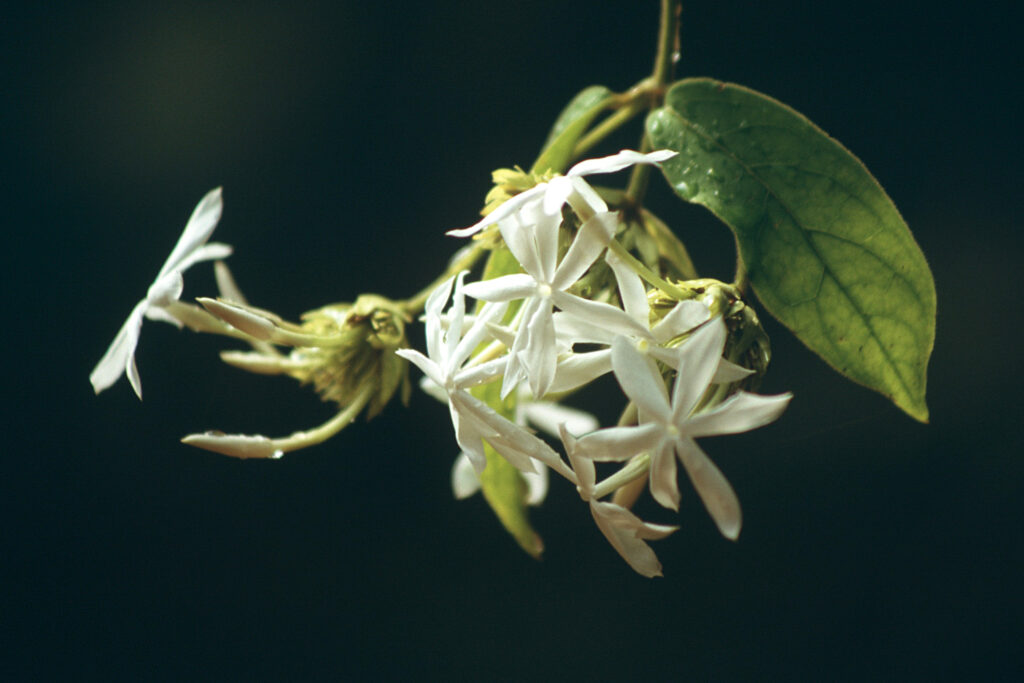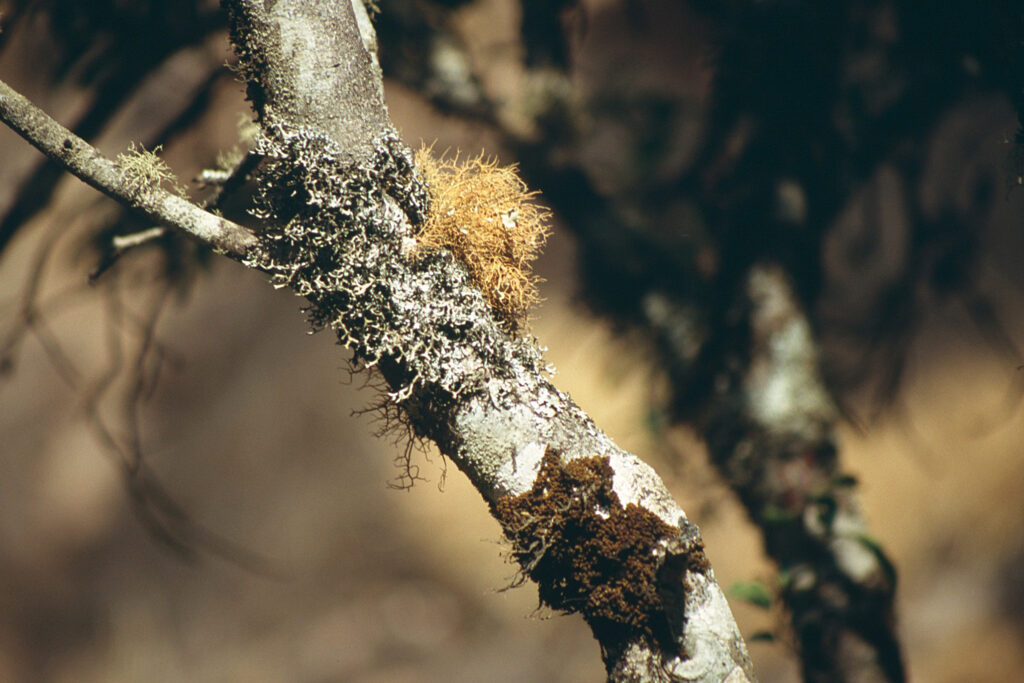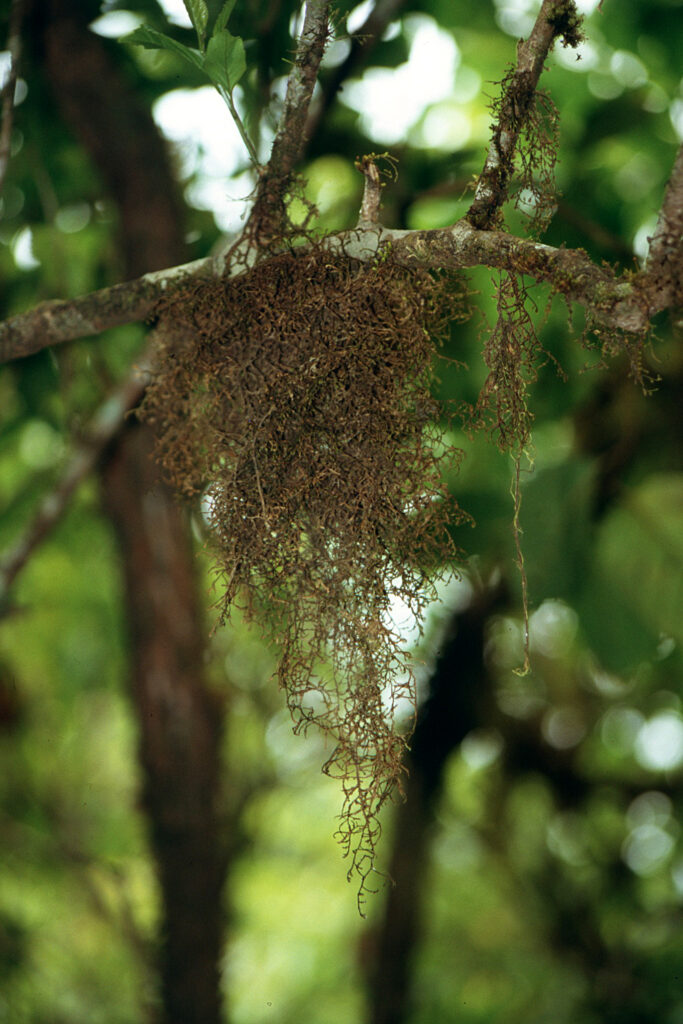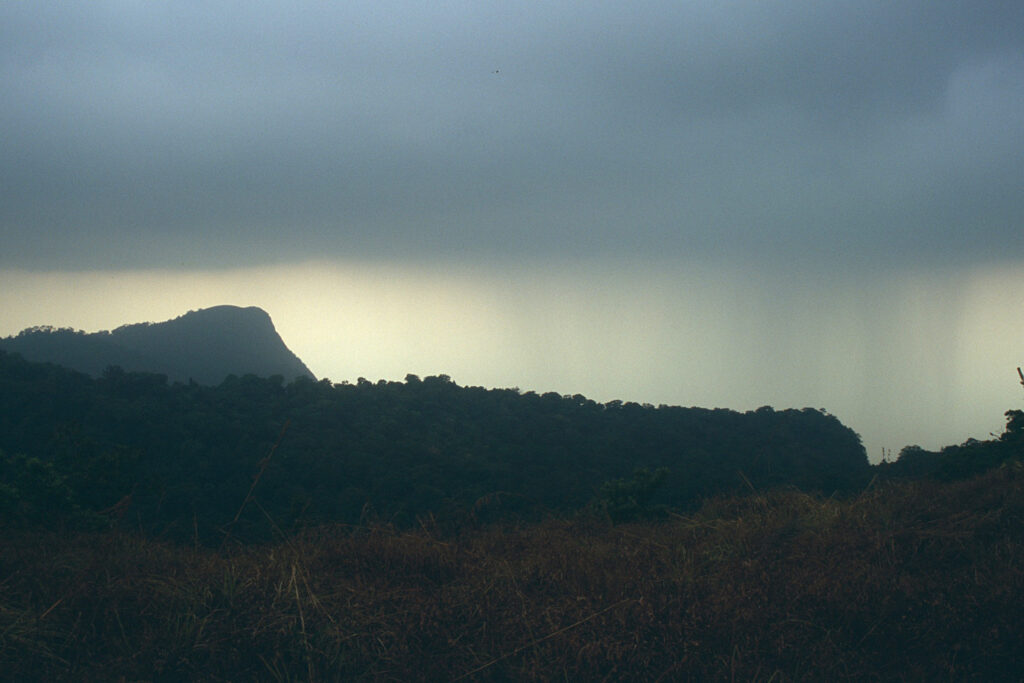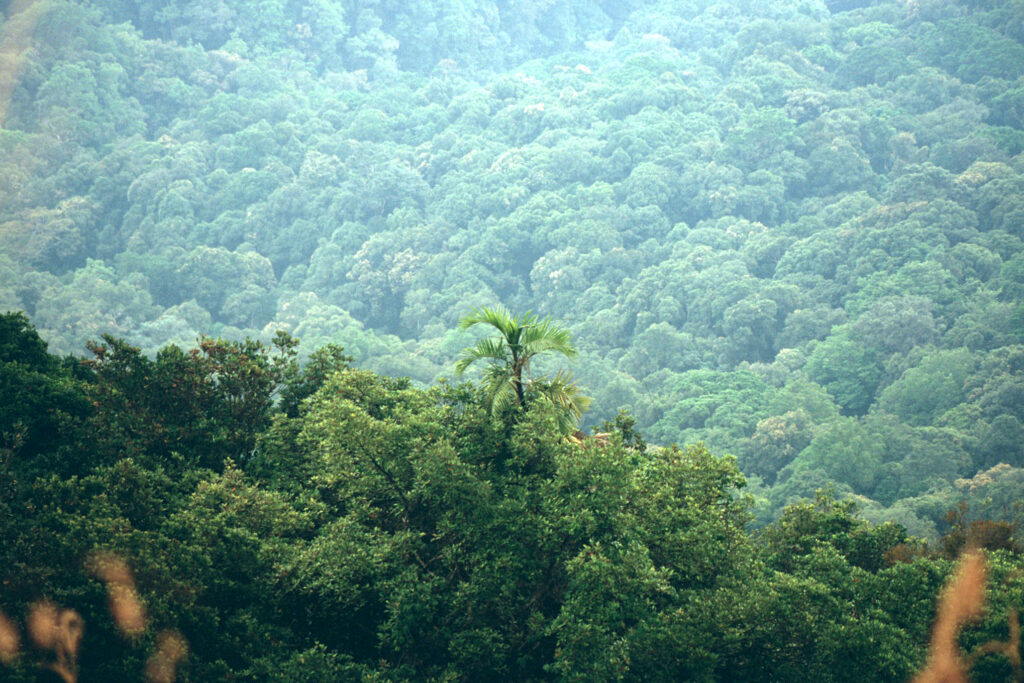In autumn of 2004 I received a mail on Delhibird from Mr D S Pandit asking for people who would like to do a trek into Silent Valley National Park with him. Shiva and I were the 1st once to grab the invite for this once in a lifetime experience. What followed was miticulious planning. In Mid march next year ( 2005 ) we were in Silent Valley. The photographs and emotions were locked up for many many years. In lockdown period I thought of working to bring the some of the photos of the trek. Given below is the link kindly like and leave a comment.
Silent Valley : A Rainforest of Silence. The movie takes you to deep inside the last surviving rainforest of South India. Being the core area of the Nilgiri Biosphere, Silent Valley is home an amazing array of flora and fauna. Come visit this forbidden wilderness of a Silent Rainforest.. come to Silent Valley.
This Is A Story Of Forest, Which Is 50 Million Years Old, Ground Zero Of An Epic BattleTo Save It From Extinction Out of many biosphere in India, Niligiri Biosphere Reserve was designated in 2000 with Silent Valley being the core area and it is a ecological “Hot Spots” of Western Ghats.The region is noted for its rich biodiversity. It houses about 3500 species of flowering plants, out of which 1500 are endemic to the Western Ghats. The fauna consists of over 100 species of mammals, 550 species of birds, 30 species of reptiles and amphibians, 300 species of butterflies, and a large number of invertebrates and many more species that await discovery by scientists. The places covered Bangitapal / Sispara / Walakkad / Poochipara / Sairandhri Deep inside a forest where light also does not reach the surface in the middle of the afternoon due the dense forest cover, this is an epic journey into a forbidden wilderness. Imagine a rainforest, imagine a paradise where nature is supreme. This is a story of a forest that was saved from extinction, this is a story of fairyland where everything is perfect and there is everything for everyone. Welcome to Silent Valley, the last surviving rainforest of South India. Out of many biosphere in India, Niligiri Biosphere Reserve was designated in 2000 with Silent Valley being the core area and it is a ecological “Hot Spots” of Western Ghats. The region is noted for its rich biodiversity. It houses about 3500 species of flowering plants, out of which 1500 are endemic to the Western Ghats. The fauna consists of over 100 species of mammals, 550 species of birds, 30 species of reptiles and amphibians, 300 species of butterflies, and a large number of invertebrates and many more species that await discovery by scientists. Silent Valley National Park , being core area of the Niligiri Biosphere is located in southern states of Tamil Nadu and Kerela having an total area of about 89.52 square km. There is no record of the valley ever having been settled. his national park has some rarest species of flora and fauna. The area was explored in 1847 by the British botanist Robert Wight. What make this place unique and revered is that the national park is one of the last undisturbed tracts of South Western Ghats mountain rain forests and tropical moist evergreen forest. The National Park is divided into four divisions – Nilikkal, Sairandhri, Poochipara and Walakkad. The Park is the among the smallest and one most endangered. It ishome to many endemic and threatened species. SVNP is 50 millions of age. There are about 11 eco-system in and around SVNP which actually is a plateau, surrounded by high mountain range. Like any rain forests the density of the floura and funna is the higher as compared to ones outside the park. No foreigners are allowed inside the park as SVNP is a living laboratory of all sorts. Even during the driest of the season, the park always has rains in the evening. Silent Valley Got its name as the legend has that, Valley region is locally known as “Sairandhrivanam”[ which in Malayalam mean in means Sairandhri’s Forest. Sairandhri is another name of Drupadi, Indian epic Mahabharata, who disguised herself as Sairandhri, the maid of a queen named Sudeshna, while her family was in exile. Another story is that the park got its name due to absence of Cicadas, which creat a noisy din in the other Jungles. When the British came into the Silent Valley they noticed that the forest did have Cicadas, common insect creating a din in any other jungles, thereby naming it Silent Valley. The earlier exploration was done in 1847 by the British and 1914, Silent Valley was notified as a reserve forest. For many years since 1928 there were plan to dam the area and a lot of studies were carried out for the same. In 1978, the hyder project got green signal, but in the same year IUCN (USSR, 1978) passed resolution recommending the protection of the lion-tailed macaque in Silent Valley area. It was probably first people’s green movement to protect their wilderness in India that make Silent Valley National Park important from conservation point of view. The Strong people’s movement, supported with science, could succeed in getting the subsequent national government to conserve the forest. Silent Valley was declared as a national park on 15th November 1984 by Prime Minister Indira Gandhi, and inaugurated on 07th Novmeber 1985 by Prime Minister Rajiv Gandhi Geography of the Silent Valley Geography of the Silent Valley is that the park mainly is located in Kerela, but the North Eastern area of National is in Tamil Nadu, and touches the boundary with Mukurthi National Park in Tamil Nadu. It is like a plateu jutting above the surround tropical forests. The tableland slopes from the Shola forest of the Bangitapal area into the deep forested valley of Wallakad and Poochipara. In northern area which touches Mukurthi National Park has well preserved areas of Shola forest.
#wildlife#wilderness#travel #nature #valley#holiday#hiking#mountains#environment#hike#environmentprotection#environmentfriendly#eco#sustainableliving #trek #tour#indianwildlifeadventures#sharadkhanna#silentvalley#nilgiribiosphere#wildlifephotography#photography#nature, #naturephotography, #trek, #westernghats, #kerelaforest#tamilnaduforest#bangitapal#sispara #Walakkad #Poochipara #sairandhari #india #rainforests #flora

